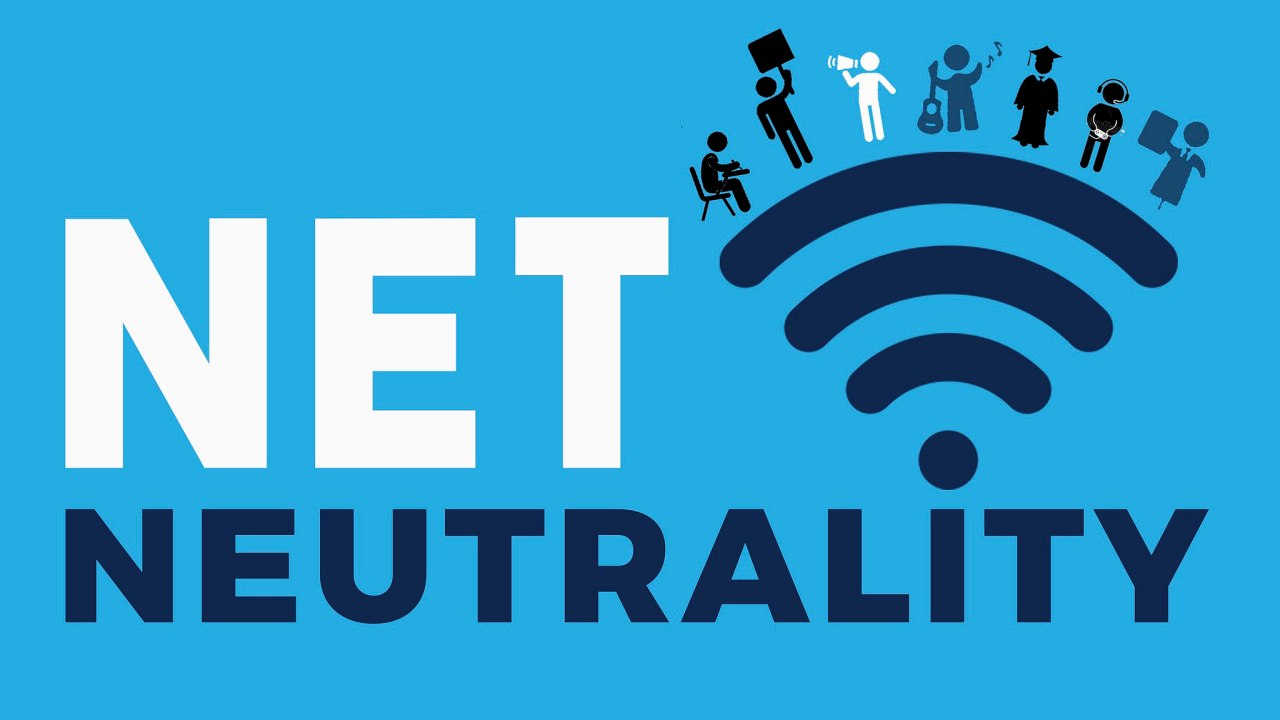
In future-speak, a “disruptive event” is one that significantly changes the world for good or ill. Evaluating the ripple effects of such events is an important part of strategic foresight. For today’s guest post, I invited Blaire Moskowitz, PhD Candidate at the School of Museum Studies at the University of Leicester, to share her opinions on the implications for museums of the recent repeal of regulations that protected net neutrality.
–Elizabeth Merritt, VP Strategic Foresight & Founding Director, Center for the Future of Museums
Imagine the following scenarios:
- Prospective visitors need to pay fees to visit your institution’s website
- Digital visitors find your website, but it loads excruciatingly slowly
- While your website’s homepage is available, exhibition microsites and crowdfunding projects are ‘pay-walled’
Now imagine the results. Would prospective visitors pay to see your homepage? Unlikely. Would digital visitors abandon your slow website? Probably. Would your crowdfunded project hit its goal? Doubtful. Would your mission to educate be fulfilled? No. Think about how these issues would affect your strategic plan.
Previously, Net Neutrality regulations defended the Open Internet by prohibiting Internet Service Providers (ISPs) from charging for specific content and giving certain websites preferred treatment. Then, on June 11, 2018, the FCC eliminated the regulations and it became legal for ISPs to control what websites are available and to whom.
For museums, Net Neutrality is especially important once we recognize that digital visitors have significant impact. These visitors enable us to fulfill our missions and are as important as visitors who cross physical thresholds. We therefore must fight to continue making our websites available to digital communities at large.
Many museums meet fiscal goals through crowdfunding, which reaches those whose values align with museum missions but may not be nearby. If the websites of these institutions were not available or cost additional fees to visit, would prospective donors wait for the site to load and then pay another fee to see funding opportunities?
In addition, digital visitors contribute their time and expertise through crowdsourcing and make a significant impact despite limited resources. If digital visitors cannot access crowdsourcing platforms, do museums have the financial means to hire more employees or the capacity to oversee additional in-person volunteers?
We also need to consider how our institutional narratives are seen by ‘big cable’. Does your cable provider or its parent company have strong feelings about your curatorial narrative? If so, your content about divisive topics could be slowed or censored if ISPs disagree. Does your cable provider have television or web shows with branded characters? Exhibitions may need to include those characters to appease the website-availability-deciders. At what point will museums need to yield to their cable providers just to survive online?
For years, museums devoted significant resources to online video series and image databases. What happens when those are not accessible? Or when institutions collecting internet art realize artworks are hidden? And consider freelance educators who use the internet to prepare tours from home – will salaries be raised to cover the at-home expense? These are only a handful of the issues that could arise. There are countless more.
The last time Net Neutrality was under threat (in 2014), the internet successfully fought back, including a few museum staffers and organizations taking stands. But, that was back when the elimination was hypothetical; now, it’s reality.
Within the last year, a few people affiliated with cultural institutions have raised their voice. Nik Honeysett of BPOC wrote on the topic for Apollo Magazine and I was interviewed by Inverse. Organizations such as Art21 and Rhizome, have offered comments and a few museums have shared information.
The strongest statements come from two large cultural institutions. New York Public Libraries affirms that the elimination, “directly impacts the public’s ability to access library collections and materials — the very tools that have helped even the playing field for so many in this country for centuries.” And NYPL’s Tony Marx subsequently called for nonprofits not to be shy about their support.
The strongest museum response was SFMOMA’s call to action. Their repudiation of the repeal explains, “Intrinsic to SFMOMA’s core mission is making art ‘a vital and meaningful part of public life’. To that end, SFMOMA strongly supports net neutrality and its corresponding access to cultural and educational initiatives. Here’s to many more decades of open collaboration.”
Following their leads, is your museum prepared to write a position on the affects of the elimination of Net Neutrality? Does your digital team have a plan?
There is some hope in the Senate, which passed a resolution to overturn the FCC’s decision against Net Neutrality, though it lacks support in the House. Similarly, there is hope in state legislatures that have introduced bills to reinstate Net Neutrality, though the legislatures are caving to big cable pressure. Despite these efforts, it’s not enough.
The entire premise of museums is built on sharing, educating, and preserving culture and it is our responsibility to band together as an industry and fight to share our content online, educate digital visitors and preserve the Open Internet as it was meant to be.
Blaire Moskowitz is a PhD Candidate at the School of Museum Studies at the University of Leicester. Her research focuses on interactions between museums and digital communities, which discuss the same topics but may or may not intersect online. She tweets @BlaireMoskowitz and blogs on BlaireMoskowitz.com.







